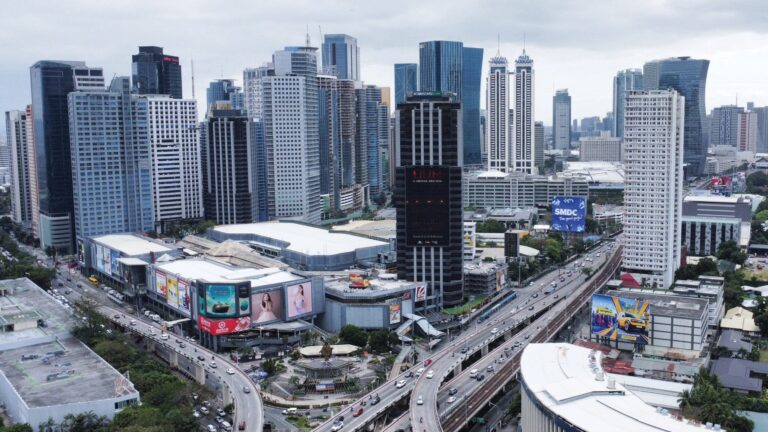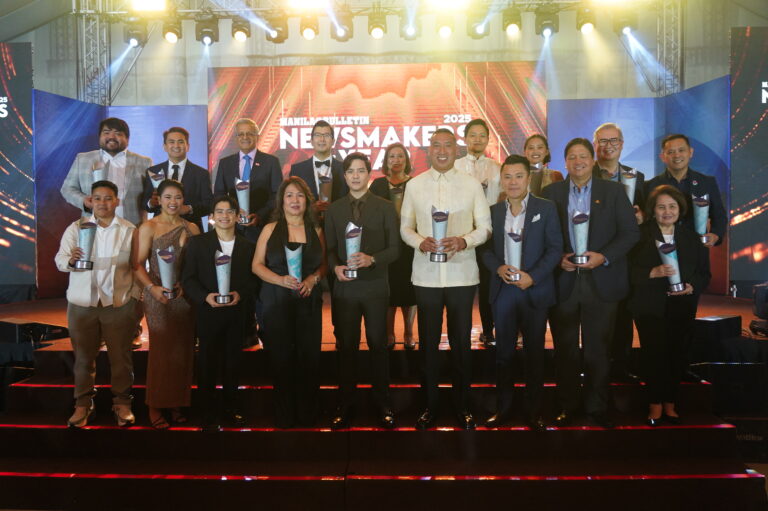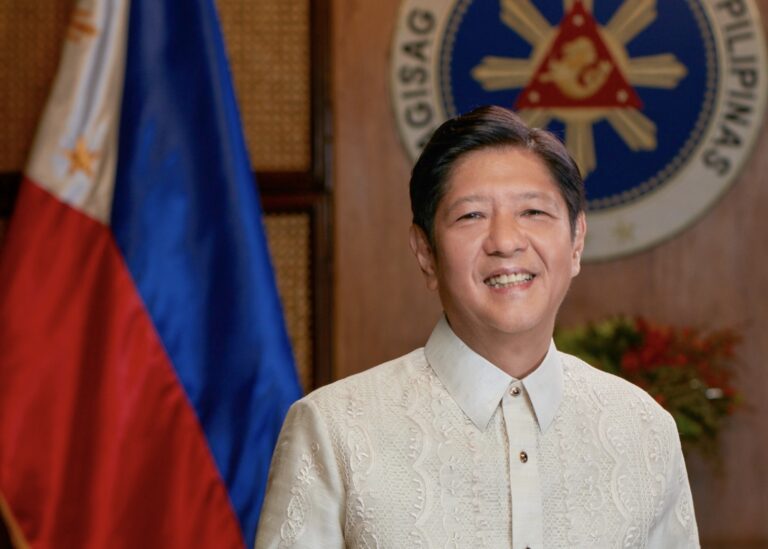Before social media, people went to Manila Bulletin to seek resolution to a problem, medical assistance, publicityStrangers sending help to buy a motorized fishing boat for a fisherman who had lost everything to super typhoon Yolanda in 2013, which left him with nothing to take care of three children, two of them with special needs. …
Before social media, people went to Manila Bulletin to seek resolution to a problem, medical assistance, publicity
Strangers sending help to buy a motorized fishing boat for a fisherman who had lost everything to super typhoon Yolanda in 2013, which left him with nothing to take care of three children, two of them with special needs. As the story of the fisherman published in Manila Bulletin (MB) print and online editions was passed on, more strangers responded, their donations overflowed and funded the building of a house for the fisherman and the education of his eldest son.
There have been many stories like this where strangers sent financial support to someone whose sad fate was featured in a story in MB. Through the years, there have been hundreds of people whose lives were changed because a story had touched the hearts of readers. An artist selling his paintings at a sidewalk to pay his mother’s chemotherapy, a baby who needed a brain operation, a student who needed a scholarship, a woman who just hoped for a good Christmas meal were among those whose stories were written by reporters who took time to listen to people who needed help.
As the reputation of MB columnists and reporters grew, so did the crowds who waited to have their stories told.
I have been with MB for more than 40 years and I wrote—and later edited—many stories like these. Some of the stories I mentioned were written by junior reporters who I trained and are now senior reporters covering major beats like the Office of the President, the Senate, and Armed Forces of the Philippines. As part of MB’s training program, reporters are encouraged to use their media connection to help people.
Through the years, MB has established a reputation of accuracy and integrity, becoming a reliable source of hope and help for the poor and the disadvantaged. Long before social media came to make a story viral, the MB columnists and reporters had been known as the friendly neighbor, giver of favors, mediator to family or community conflict, and defender of the underdog.
Police reporters and columnists were generally sought for their connections to the government agencies. In 1982, Tempo was born and immediately established a reputation of helping people seek justice or get help to reach the proper government agencies. It was not strange to see a long queue of people at the door of Tempo’s office on the second floor of the MB building, all of them waiting for a columnist named Ruther Batuigas, who was well-known for helping people, mostly poor, who sought him as a last resort to a problem’s solution. At the MB editorial office, another queue formed to wait for another police reporter named Ramon Tulfo, who made time to listen to any person who had a problem. Like Batuigas, he sought help for them through his column, getting the attention of government agencies or police authorities to respond with a solution. As the reputation of MB columnists and reporters grew, so did the crowds who waited to have their stories told.
Other visitors came not to seek justice, but present their inventions. A man claimed he had designed a car engine that could run on water. He brought papers with illustrations of his invention, showing how it worked. Another claimed he was the inventor of the electric light bulb and his designs had been stolen years ago, and mysteriously appeared with a patent. A woman came with a bottle of water, which she claimed could heal any illness. A group came to preach a new religion, introducing themselves as children of God.
No story was insignificant to the editors who sat around the newsdesks of MB and Tempo. A person who took time to go the MB office to tell his story and get publicity was always taken seriously and a reporter would be assigned to listen and write it.
Before social media, people who felt they had nowhere else to go to seek help – or publicity – went to MB editors and reporters.






